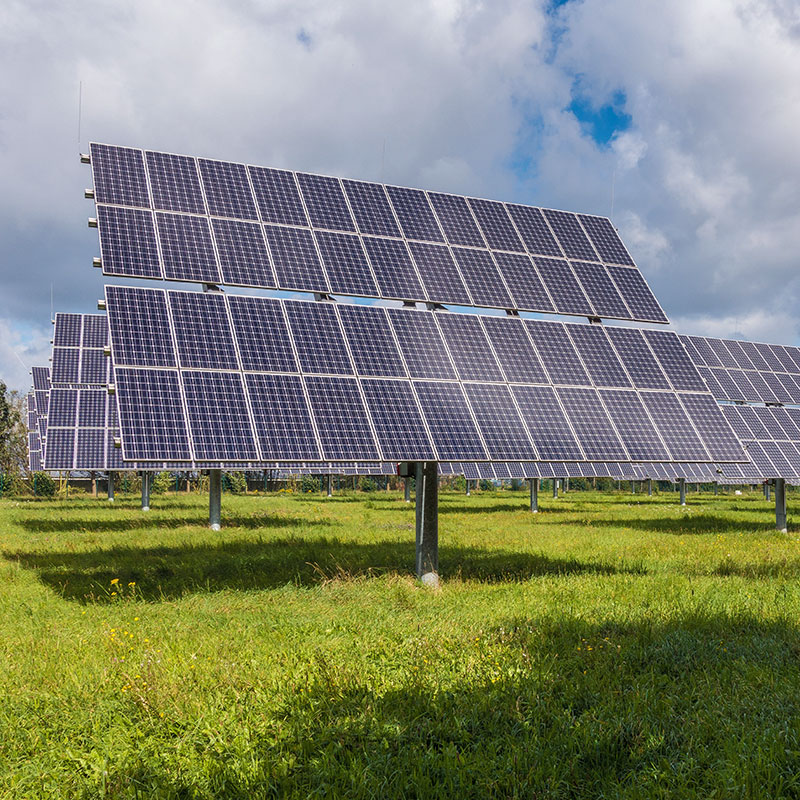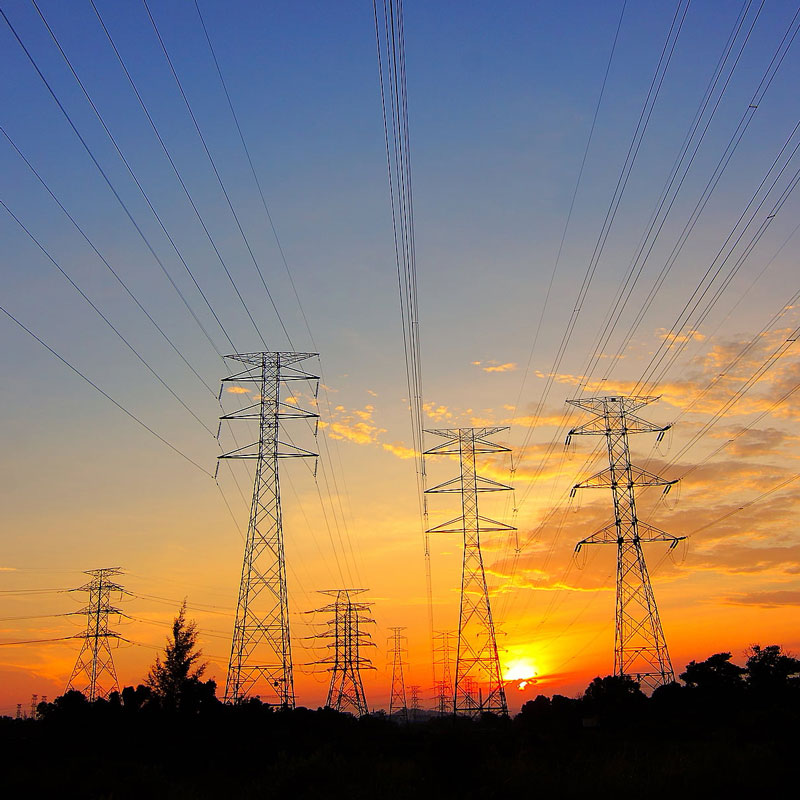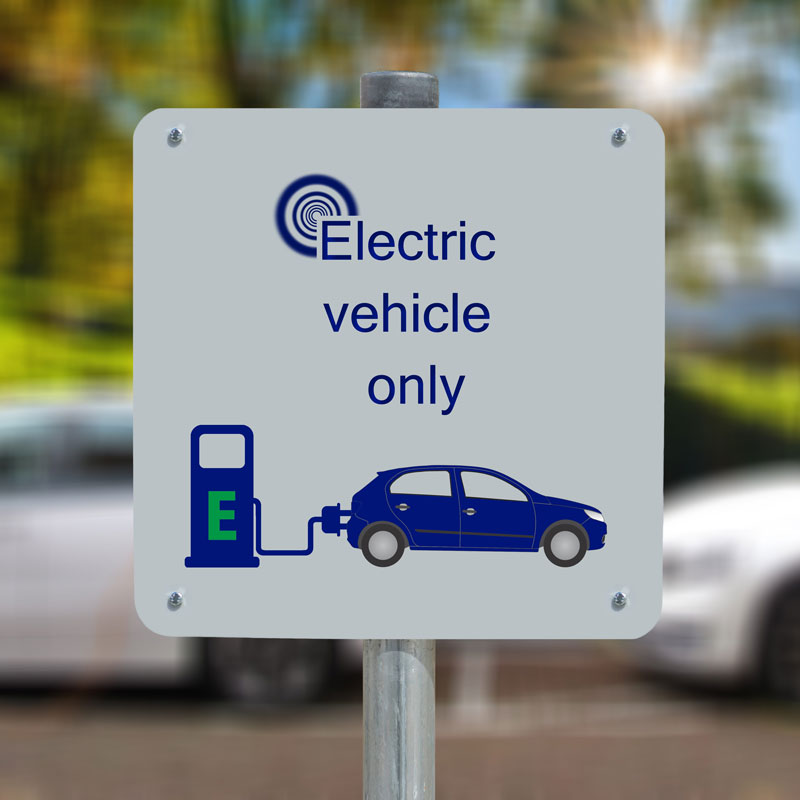
Solar: The best structural story
Technological efficiencies could make solar the most competitive energy source in the future. Many investment areas in the photovoltaic (PV) solar supply chain: Upstream equipment machinery, cells, panels, inverters, installers, leasing companies, etc.
Emerging utility-scale CIS, CPV and solar-thermal technologies are enhancing economies of scale.
The challenge: Improving cell/module efficiency, thus reducing cost to reach solar-to-grid parity. Diversity within the PV solar space is significant, offering the opportunity to select those that will benefit from overall industry growth and avoid those that will suffer from further margin contraction.
Our preferences: Companies most leveraged to overall industry growth, cost reductions, generating free cash flow and likeliest to benefit from industry consolidation.

Wind: At the heart of the most ambitious renewable-energy policies
Already competitive due to scale and improved turbine technologies. Construction of utility scale wind development accelerating following government support for off-shore wind projects.

Electricity Network Technologies
Frequency management, demand-side management, distributed generation resulting in significant grid efficiencies, as well as grid tolerance of renewables intermittencies from emerging technologies. This area includes niche opportunities such as smart meters with wireless transmission and other energy efficiency technologies such as LEDs. Technological innovation can give decisive cost advantage of one LED technology over another. The supply of rare earths could be a game changer as could the wholesale deployment of micro-grids.

Bioenergy Technologies
Liquid transport fuel from transformation of abundant lignocellulosic material in municipal and other waste. Niche opportunities include production of high-yielding enzymes.

Mobility: The key driver of battery storage innovation for H/EVs, electric bikes
Trickle-down to hybrids expected to reduce costs, while ultracapacitors finding new applications in wind towers, hybrid cars and buses
The challenge: Bringing lithium-ion to a cost level competitive with an internal-combustion engine.